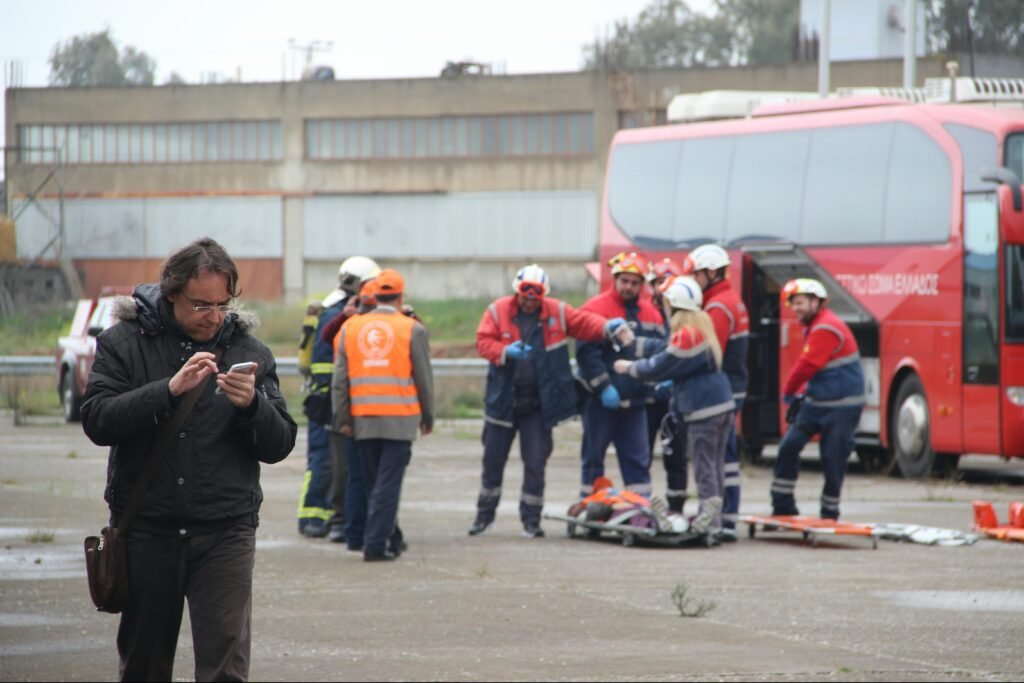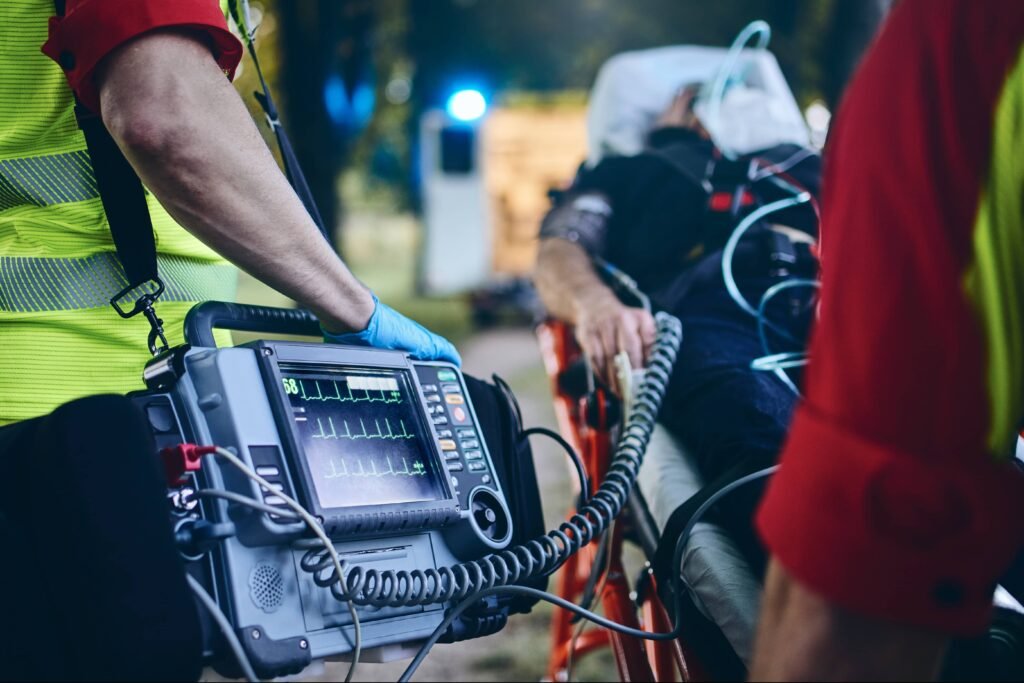
Want Better Strategy?
Start by Making Worse Decisions….On Purpose.
Most teams don’t fail at planning, they fail at executing.
Have you tested your leaders strategic execution and decision making under pressure?

How to Build Strategic Thinking in Leaders – When The Pressure Hits
Strategic thinking doesn’t fall apart in theory. It falls apart in motion.
And when pressure hits, people often fail to rise to meet the needs of the situation. They often default to what feels safe.
This can include:
Simulations are now a cornerstone of clinical professional development.
Not just for students. For senior doctors, surgeons, emergency teams.
Why?
Because lives depend on their performance under pressure and just theory isn’t enough.
- Stalling instead of committing
- Seeking consensus instead of clarity
- Protecting their patch instead of owning the outcome
- We see it across industries.
But here’s the quetion that needs asking:
“If healthcare leaders use simulations to improve life-or-death decisions, why don’t more business leaders do the same for multimillion-dollar ones?”

What Business Can Learn From Healthcare
About Strategic Execution
Simulations are now a cornerstone of clinical professional development.
Not just for students. For senior doctors, surgeons, emergency teams.
Why?
Because lives depend on their performance under pressure and just theory isn’t enough.
- In hospitals, simulations are used to rehearse complex emergencies.
- They expose system flaws before real patients are involved.
- They help teams coordinate faster, decide with clarity, and act without hesitation.

In fact, research shows that simulation-based training improves not just skill retention, but real patient outcomes in healthcare (Nnaemeka, et al 2024)
These simulations are such great learning experiences because they allow people to safely fail and learn from it.
Sound familiar?
It should. The same dynamics that shape a trauma response team also shape your executive team during a crisis. But one is trained through simulation. The other, too often, is trained through PowerPoint.


St Vincent’s are fantastic at running these types of simulations in healthcare settings.
They’ve got a full suite of programs, check them out here.
Strategy Execution Isn’t a Slide Deck. It’s a Behaviour.
Real strategy execution lives in the moment a decision must be made. This means leaders are making decisions with time pressure, incomplete information, and visible consequence.
That’s why we design simulations the way we do.
Not as games. As pressure tests for leadership.

Here’s the difference:
| Typical Strategy Training | Simulation-Based Strategy Training |
| Theory and frameworks | Real-time decision loops |
| Assumed predictable outcomes | Outcomes felt by the whole team in real-time |
| Passive reflection | Active consequence-driven learning |
| Assumed alignment | Exposed behaviour under pressure |
| Facilitator led | Participant led |

What Changes in a Simulation?
In one session, we watched a team of highly capable leaders stall for 11 minutes, unable to commit to a basic directional call.
Why? Because no one wanted to own the risk
Eventually, one person stepped up. The decision wasn’t perfect. But it broke the decision inertia and unlocked learning that wouldn’t have emerged in a classroom.
That’s what a good simulation creates:
Decision → Consequence → Reflection → Pattern shift
It’s the loop that turns theory into behaviour.
Still Not Convinced?
Let’s Borrow Some Evidence.
Medical researchers found that simulation can outperform passive learning across:
- Skill retention
- Communication and coordination
- Confidence and readiness
- System improvement and error prevention【1,2,3】
And when done well, simulation doesn’t just train individuals. It stress-tests teams, surfaces blind spots, and prompts process change.


So… Why Don’t We Use This More in Business?
In healthcare, life-and-death decisions are made under pressure. So medical professionals practice them in settings that mirror reality.
No one expects (or would want!) a surgeon to practise their first critical procedure in the middle of a real emergency.
Why?
Because the stakes are real, there’s stress and a lot is happening.
The situation needs more than just “Knowing what to do”.
The situation needs a dress rehearsal.
It needs context and practice which has had reflection for improvement.
Now consider business.
Most leadership decisions won’t make the headlines.
But many do shape livelihoods of employees and customers.
They affect revenue, reputation, and direction. They’re often made under time pressure, uncertainty, and competing interests.
These might be multi-million dollar decisions having a significant impact on the business and anyone connected to it.
So why are we still making them without ever having practised?
Simulations give leaders that practice before the pressure is real.
It’s not about pretending the stakes are life and death. It’s about respecting the fact that, in the business world, the stakes are still high.
They’re just measured differently.
Better strategy starts with worse decisions made in a safe space, where they can be unpacked, challenged, and learned from. Do this, before those mistakes show up in the real world.
Want to Pressure-Test Your Strategy?
We run simulations weekly for leaders in health, education, finance, aged care, and other business areas.
Let us show you how tension, time, and team dynamics create insight faster than any offsite.
